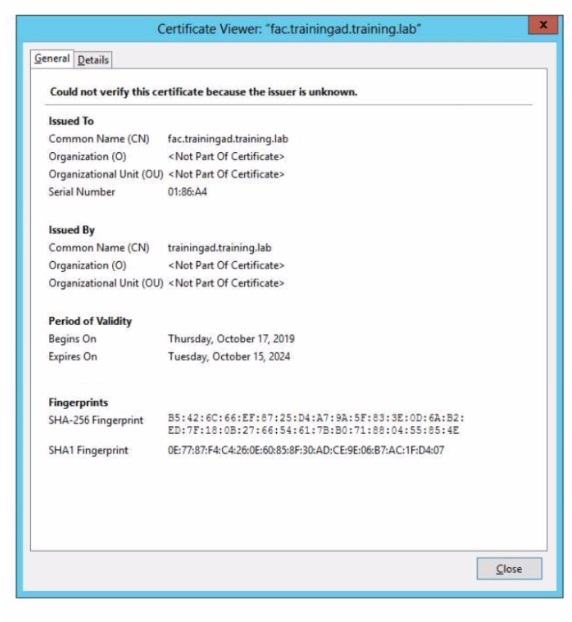Fortinet Exam NSE7_LED-7.0 Topic 2 Question 39 Discussion
Topic #: 2
Refer to the exhibit.

Wireless guest users are unable to authenticate because they are getting a certificate error while loading the captive portal login page. This URL string is the HTTPS POST URL guest wireless users see when attempting to access the network using the web browser

Which two settings are the likely causes of the issue? (Choose two.)
According to the exhibit, the wireless guest users are getting a certificate error while loading the captive portal login page. This means that the browser cannot verify the identity of the server that is hosting the login page. Therefore, option A is true because the external server FQDN is incorrect, which means that it does not match the common name or subject alternative name of the server certificate. Option B is also true because the wireless user's browser is missing a CA certificate, which means that it does not have the root or intermediate certificate that issued the server certificate. Option C is false because the FortiGate authentication interface address is using HTTPS, which is a secure protocol that encrypts the communication between the browser and the server. Option D is false because the user address is not in DDNS form, which is not related to the certificate error.
Erick
17 hours agoJillian
5 days agoYuette
7 days agoRessie
10 days agoStephen
11 days agoJani
12 days agoTyra
3 days agoRuby
14 days agoNaomi
21 days agoGraciela
10 days ago